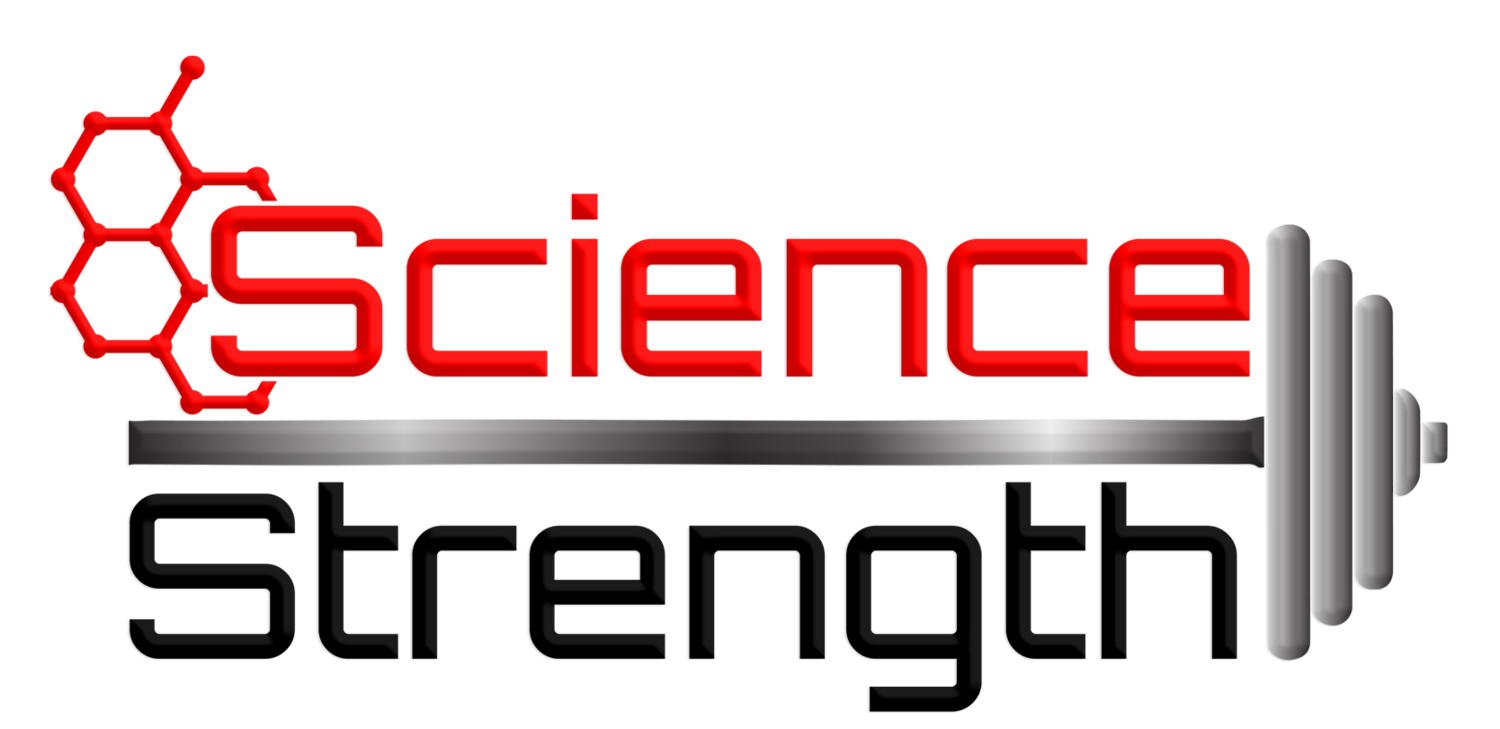“There are no shortcuts—everything is reps, reps, reps.” – Arnold Schwarzenegger
In my previous article, I described that whole body programs are highly beneficial for maximal muscle growth for advanced trainees who train every day, for intermediate lifters who train every second day or beginners who train once in 3 days times per week.
In this article, I will explain you how to put together a good whole body workout routine.
Set priorities
The optimum program for strength and muscle gain targets the most important muscle groups every training session. What the most important muscle groups are depends on which muscles you want to grow the most.
If you want to have big biceps, but don’t care about your legs, then you it makes sense to hit biceps with a higher volume and training frequency (at least when you are intermediate or advanced lifter) and put up with the fact that you will possibly end up with chicken legs.
But let’s assume that you want to create a balanced body and develop all of your muscle groups. To illustrate what an efficient training day would look in this case, read the next section.
What exercise to choose
The aim is to hit all main muscle groups in the training session. Compound movements, like squats or bench press, target several muscle groups at the same time. This is great because one doesn’t need to waste lots of time training each muscle group in isolation. Also, compound exercises allow you to lift more weight and look badass!
- Front squats target mostly legs (quads) and glutes, but also the abs.
- Bench press targets mostly chest, but also triceps to some extent.
- Hip thrust is a very good glute exercise, which also activates the leg muscle and the lower back.
- Lat pull down trains the back and biceps.
- Lateral raises target the shoulders.
- As most compound movements don’t use calves, it makes sense to do a calf exercise a few times a week if you want to grow your calves
You don’t need to use the same exercises for each training session. You can choose from a variety of exercises that target the same muscle groups. For example, you don’t always need to do front squats for your legs, you can also use other type of squats, such as back squats, goblet squats or even exercises like leg extensions, if you want to focus mainly on your quads. If you don’t know what are the best exercise for different body parts, check out my training plan (link). It contains a list with most efficient exercises for different body parts.
How to arrange the exercises
Have you ever wondered what exercises should you do first? What exercises should you do at the end of your workout?
Here is how I do it:
Every workout starts with exercises that involve several big muscle groups and then progresses to those that target fewer muscle groups. I choose this structure, because it increases the work output (thus, trains muscle better) and reduces the risk of injury.
Additionally, I increase workout efficiency by placing the exercises into the right order. I alternate exercises for different body parts. I don’t put two exercises that target the same body parts straight after each other (isolation exercises at the end of the workout may be an exception to this).
For example, I start with a lower body exercise like squats and continue with an upper body exercise (bench press). This way the lower body can rest before doing hip thrusts. Longer recovery period will result in increased performance. Increased performance means that you can do more rep at with a weight that optimal for strength and muscle gain. Doing more high-quality reps hits the muscle more and results in a better growth.
Now you have all the tools you need to create a highly efficient whole body workout routine and get those gains!
P.S. If you don’t feel confident enough to create a program yourself and are looking for the most optimum training program for YOU and YOUR training stage, then check out my Training Plan Package. The package includes whole-body workouts, upper-lower body split workouts and 3-day body-part split workouts.




